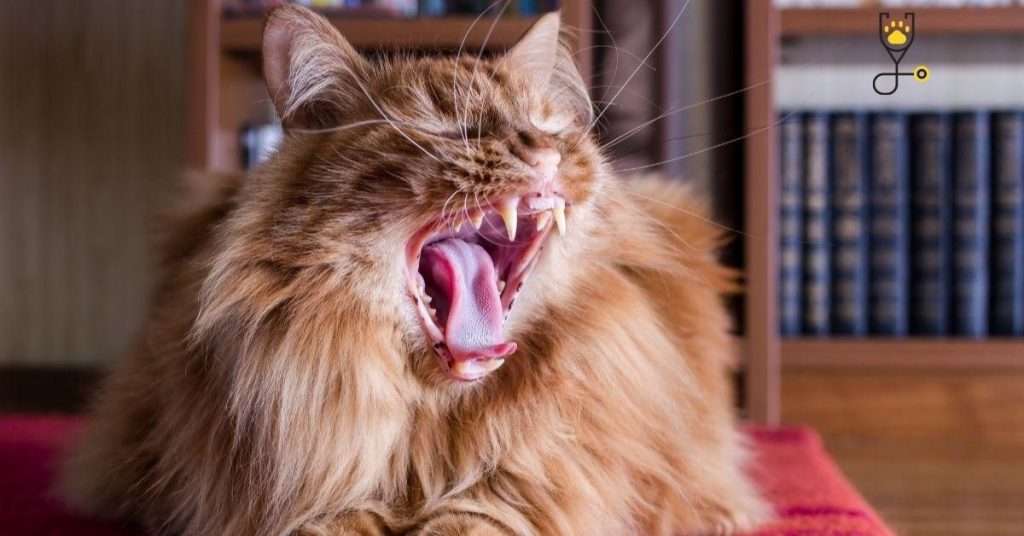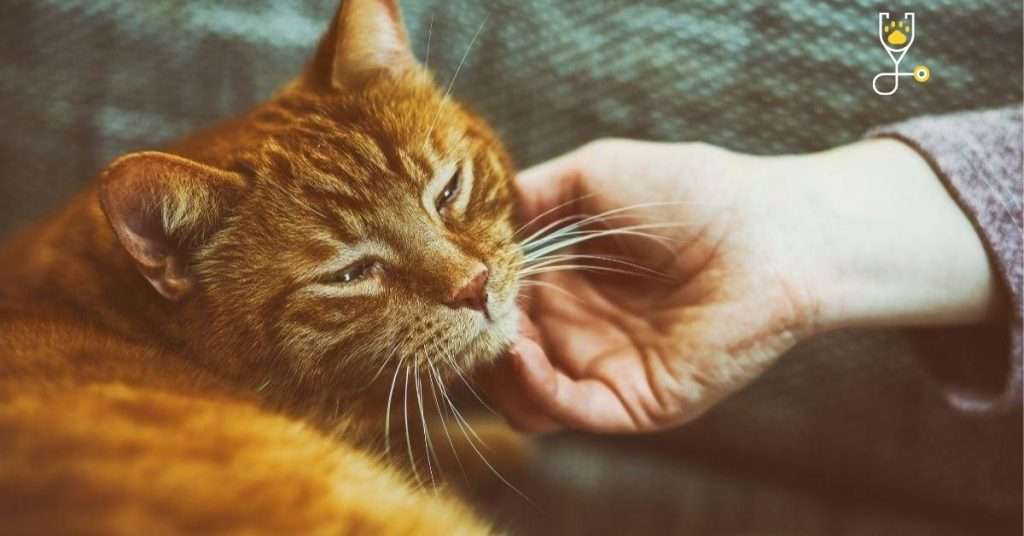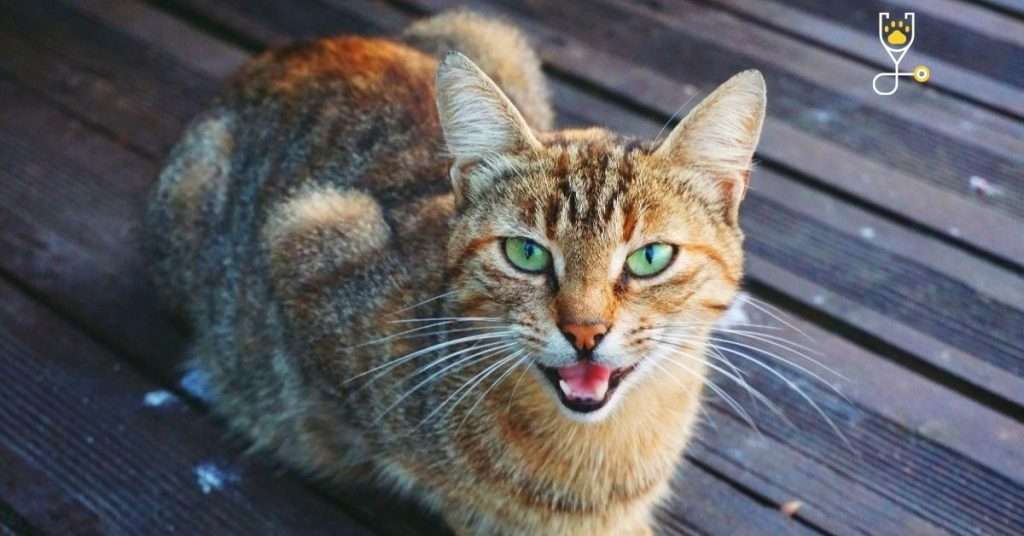We all know that cats make the meow sound, but did you know there are nine other sounds cats can make? In this blog post, we’ll explore what each of those sounds means and how you can interpret them. Understanding your cat’s language will help you build a stronger bond with your pet and ensure they always feel comfortable coming to you for help. So, let’s get started!
General Categories of Cat Sounds
There are three general categories of cat sounds:
- Vocalizations
- Purring
- Meowing
Vocalizations are sounds that don’t involve the vocal cords, such as hissing, growling, and grunting. These sounds are usually a sign of aggression or fear and should be interpreted accordingly. If your cat is hissing at you, it’s best to give them some space and not try to force them into a situation they’re clearly not comfortable with.
Check More About Cats Here: The Ultimate Guide To Cat Care
Purring is usually a sign of contentment and happiness, but it can also be a sign of distress in some cases. If your cat is purring while they’re being held or petted, it’s a good indication that they’re enjoying themselves. However, if your cat is purring while they’re in pain or injured, it’s best to take them to the vet as soon as possible.
Meowing is the most common type of sound cats make and can signify a variety of things. Generally speaking, meowing is a way for your cat to get your attention. They may be hungry, thirsty, or just want some love and affection. Pay close attention to the tone of your cat’s meow and try to interpret what they’re trying to tell you.
Now that we’ve gone over the three general categories of cat sounds, let’s explore each one in more detail.
Read More: 20 Black and White Cat Breeds

Vocalizations
Hissing: Hissing is a warning sign that your cat is feeling threatened or frightened. If you see your cat hissing, it’s best to give them some space and not try to approach them.
Growling: Growling is another sign that your cat is feeling threatened or agitated. In addition to giving them space, you may also want to consider removing whatever is causing the growling response. For example, if your cat is growling at another animal, it’s best to keep them separated.
Grunt: A grunt is usually a sign of frustration or displeasure. For example, your cat may grunt if they’re trying to get your attention and you’re not paying attention to them. Or, they may grunt when they’re trying to move something and it’s not budging.
Read More: Natural Breeds of Cat Explored
Purring
Contentment: As we mentioned before, purring is usually a sign that your cat is content and happy. If you’re petting them and they start to purr, it’s a good indication that they’re enjoying themselves.
Distress: In some cases, purring can also be a sign of distress. If your cat is purring while they’re in pain or injured, it’s best to take them to the vet as soon as possible.
Meowing
Attention: Meowing is the most common type of sound cats make and is often used to get their human’s attention. For example, your cat may meow when they’re hungry or thirsty.
Frustration: Meowing can also be a sign of frustration. For example, if you’re not paying attention to your cat and they want your attention, they may meow loudly or persistently.
Happiness: In some cases, meowing may also be a sign of happiness. For example, if your cat sees you after being gone for a while, they may meow excitedly as a way of greeting you.
Crying: Crying is a type of meowing that is usually indicative of sadness or distress. If your cat is crying, it’s best to try to figure out what the problem is so you can help them.
Learn More: How to Understand What Your Cat is Trying to Say
Conclusion
Cats make a variety of sounds to communicate with their humans and other animals. The three main types of sounds they make are vocalizations, purring, and meowing. Vocalizations are usually a sign of aggression or fear, while purring is typically a sign of contentment or distress. Meowing is the most common type of sound cats make and can signify anything from needing attention to being happy. Pay close attention to the tone and context of your cat’s sounds to better interpret what they’re trying to tell you.
Read More: 100+ Cute Japanese Cat Names for Your Pet